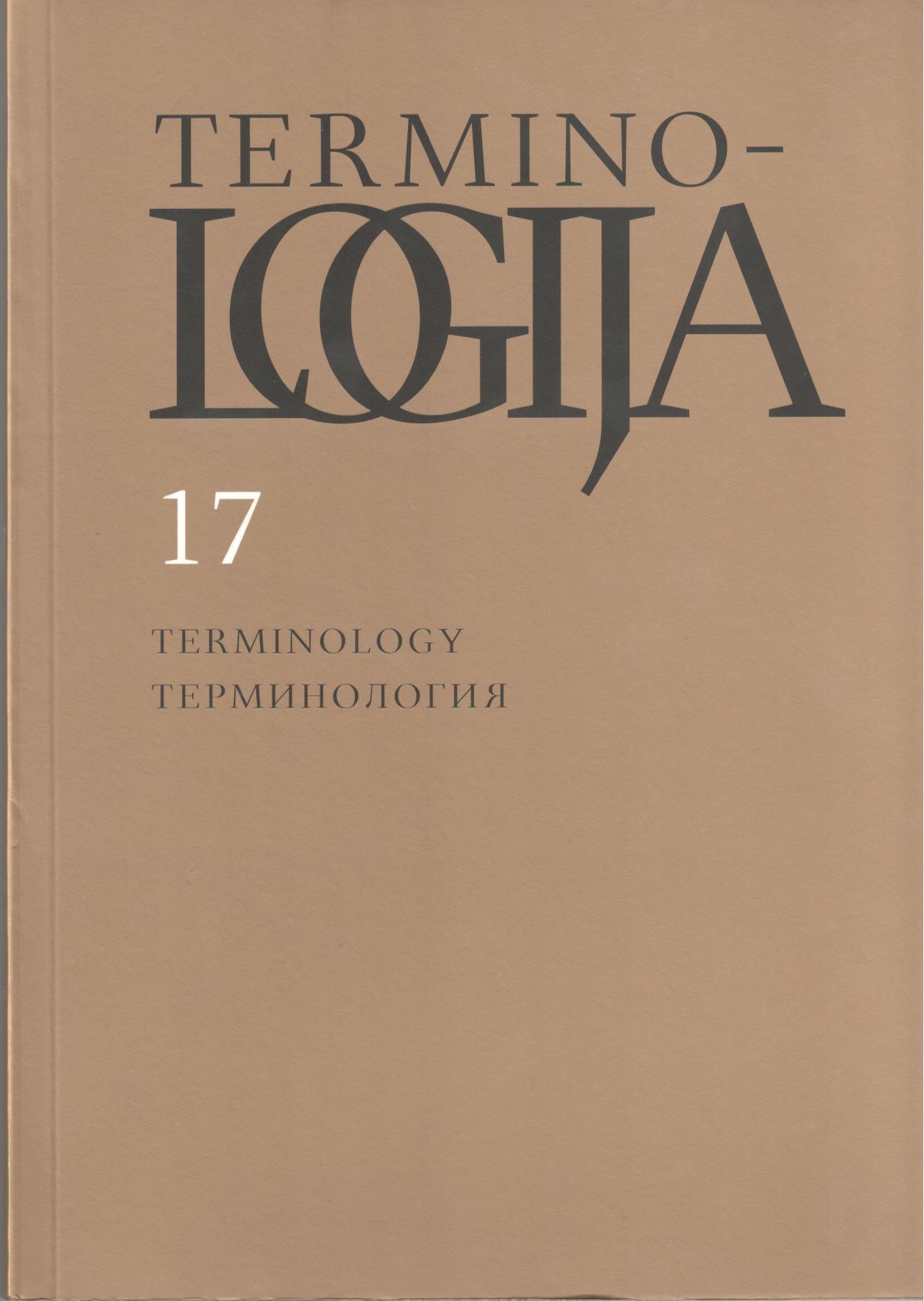Informatikos ir kompiuterių įrangos žodynėlių terminijos skirtybės
Differences of terminology in dictionaries of informatics and computer equipment
Author(s): Diana ŠilobritaitėSubject(s): Language and Literature Studies, Lexis, Semantics, Descriptive linguistics, Baltic Languages, Philology
Published by: Lietuvių Kalbos Institutas
Keywords: terminography; terminology of computing; terminological dictionary; synonymous terms;
Summary/Abstract: Lithuanian terminography of computer science and engineering has a history of four decades. The publication of Informatikos terminų žodynas (Dictionary of informatics) (1969) and Rusų–lietuvių–anglų kalbų skaičiavimo technikos terminų žodynas (Russian-Lithuanian-English dictionary of computer equipment terms) (1971), followed by Informatika ir kompiuterinė įranga: aiškinamasis anglų–lietuvių kalbų terminų žodynėlis (Informatics and computer equipment: concise explanatory English-Lithuanian dictionary of terms) (1993) and its second edition Informatika ir kompiuterių įranga: aiškinamasis anglų–lietuvių kalbų terminų žodynėlis (1995) gave an impulse to further development of terminography in this field.The aim of this article is to compare terminology in two dictionaries – Informatika ir kompiuterinė įranga (1993) and Informatika ir kompiuterių įranga (1995) and to show attempts at term normalization discussing different terms and synonymy in both dictionaries.The analysis shows that the largest number of differences can be found in the group of two-word terms. Such differences comprise 45.9% of all cases. 14.9% of term changes in the later edition were made in regard to both one-word and three-word terms. Attempts to find a more precise or correct term can also be observed in the group of terms which differ in number of components. Different terms make up 24.3% in this group.In both dictionaries synonymous one-word and complex terms can be found. There are 33 synonymous terms in the first edition and 15 in the second edition. In the first edition the majority of synonymous terms are two-word terms. They make up 51.5% of all synonymous terms. Synonymous one-word terms make 24.2 %, three-word terms – 9.1 %, other cases of synonymy – 15.2 %. In the second edition there are 46.7 % of synonymous one-word terms, 40 % of two-word terms and 13.3 % of three-word terms.The analysis of both editions leads to the conclusion that in respect of terminography the second edition was better, efforts towards normalization in this edition are clearly visible. It presents a larger number of terms and includes fewer synonyms.
Journal: Terminologija
- Issue Year: 2010
- Issue No: 17
- Page Range: 68-78
- Page Count: 11
- Language: Lithuanian

